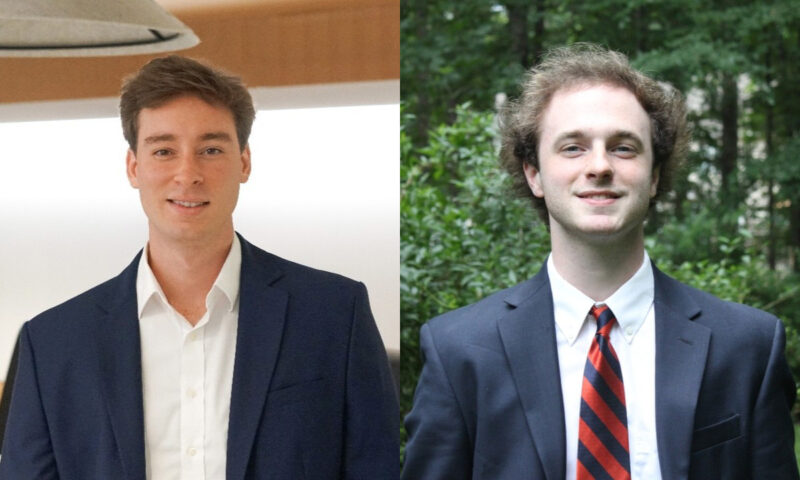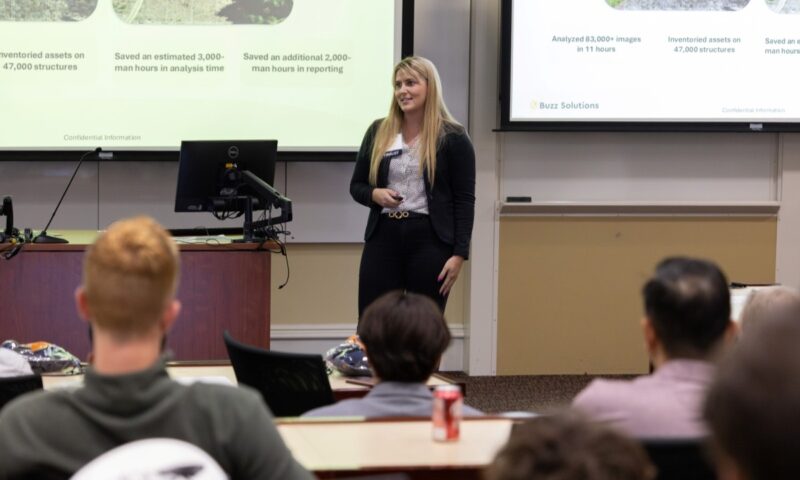Climate change is one of the greatest challenges that the world faces. In an attempt to combat the complex threat across the globe, the Green Climate Fund (GCF) provides crucial support to help developing countries respond. Hong Paterson, who serves as the fund’s CFO and Director of Support Services, sees its growth—and with it, an increasing ability to provide critical backing to urgent projects—as some of the greatest accomplishments achieved through the fund thus far.
“We’ve just celebrated our 10-year founding anniversary last year,” she says, explaining that it was created in 2010 to drive a low-emission and climate-resilient “paradigm shift” in developing countries by the United Nations Framework Convention on Climate Change. “Within that time, we’ve become the largest climate-focused fund, with nearly $8.5 billion in GCF funding and, including co-financing, managing over $30 billion in approved projects.”
When asked what attracted her to assume the dual positions for the fund, Paterson will readily admit that she was drawn to the prospect of taking on a leadership position that would allow her to drive strategic change for the organization, an understandable departure from earlier in her career, when she focused on refining her skills. She says that in the last few years, her priority has shifted to finding purpose in her work.
Though GCF is still a young and growing entity, the seriousness and time-based quality of the climate crisis that are felt throughout the organization carry great responsibility for Paterson, as she plays a pivotal role in the world’s largest climate-focused fund.
“The CFO role gives me a great—and rare—opportunity to participate in this mission to maintain temperature change below 1.5 C, while also leveraging my 20+ years of experience in the private sector.”
We recently spoke to the McIntire Global Advisory Board member about her work with the fund, the importance of nations outside of the G-20 in combating the issue, and how Hong envisions the fund’s ability to make a difference.
What do you see as the largest challenges that stand in the way of sustainable development efforts that support the Paris Agreement and U.N. Framework Convention on Climate Change?
Time and mindset are the largest challenges we face. Climate change is running faster than we are. We need much more ambition and urgency. Leaders today looking to revive economies are faced with decisions that will either entrench our dependence on fossil fuels or put us on a path to achieve the Paris Agreement and the Sustainable Development Goals.
There is a quickly shrinking window of opportunity to address the climate crisis. The average global temperature is currently estimated at 1.1 C warmer than preindustrial times. Based on existing trends, the world could cross the 1.5 C threshold within the next two decades and the 2 C threshold early during the second half of the century. Arguably, limiting global warming to 1.5 C is still narrowly possible and will be determined by the investment decisions we make over the next decade.
The World Economic Forum’s Global Risks Report 2021, which assesses the top global risks by likelihood, highlighted four environmental factors. Listed second after extreme weather events was the failure of governments and businesses to enforce, enact, or invest in effective climate-change adaptation and mitigation measures, preserving ecosystems, protecting populations, and transitioning to a carbon-neutral economy.
Fundamental change needs to happen quickly. Financing will be key, with a dramatic shift toward a green economic recovery and investments, particularly from private sector, alongside regulatory and policy changes, and cross-country coordination.
The GCF’s 28th board meeting recently took place to consider climate projects that have a strong focus on least developed countries (LDCs), small island developing states (SIDS), and African states. Why do those types of nations play such an important role in the ongoing fight against climate change? What does the fund hope that the proposed $7.5 billion in support can help to produce?
LDCs, SIDS, and African states make up approximately 70% of the world’s population. They are also the most vulnerable to the impacts of climate change, and yet have been least responsible for causing this global change. Supporting these countries will have a significant impact on the goal of meeting the Paris Agreement goals.
The Group of 20 countries have the resources to undertake large-scale expansionary fiscal and monetary measures, exemplified by the response to the unprecedented health and economic crises brought on by the pandemic. Developing countries, on the other hand, do not have the same monetary and fiscal capacity. The sharp drop in public revenues, massive outflow of portfolio capital, and foreign direct investment, alongside rising debt burdens, have added stress to government balance sheets and threaten to wipe out decades of socioeconomic gains. Poverty may increase for the first time globally in 30 years by as much as half a billion people, or 8% of the total human population, and income inequality is rising. One positive note is that many of these countries are not tied to embedded infrastructure that we see in developed countries, providing an opportunity to potentially leapfrog into new low-carbon, climate-resilient technologies, and business models and practices.
The last replenishment brought in approximately $10 billion in commitments. The funding allows GCF to continue scaling up mitigation and adaptation efforts in the most vulnerable countries, particularly since we can accept higher levels of risk. Using scarce public resources to improve the risk-reward profile of low-emission climate-resilient investment (i.e., de-risking investments) mobilizes finance at scale through crowding in private finance, notably for adaptation, nature-based solutions for LDCs and SIDS.
While it may be difficult to generalize, what processes are in place to ensure that the financing efforts are properly implemented after support is sent to those who receive it? How does GCF follow up to see that its funds are going where they are supposed to go?
GCF has a three-level project risk-management system to identify early warning signals and manage project risks to strengthen portfolio integrity. Our first level of defense is undertaken by our Accredited Entities, with GCF verifying their risk-management systems through our accreditation and reaccreditation process. The second level is a control function undertaken by the secretariat throughout the project cycle, from project design to implementation to portfolio review and monitoring. The third level ensures that risks are in line with our risk management framework and includes reviews by our Office of Internal Audit and a proactive approach to prevent integrity violations by the Independent Integrity Unit.
How have your previous career experiences been helping you to advance the fund’s vision and goals in your daily work?
This role at GCF brings together many of the roles I’ve held in financial services, from technical knowledge to softer people skills.
For example, I use my investment banking background when reviewing the funding proposals to assess the efficiency and effectiveness of the deal structure and use of funds. Unlike in the private sector, profitability is not always a consideration for the programs that we develop. However, the concept of economic returns still applies, as well as consideration for social and environmental impact.
From an organizational design perspective, my previous experience as a country head overseeing cross-divisions and units helps me in my current role as part of the senior management team to develop scalable and enduring policies and process across the organization. The demand and urgency on programming mean GCF needs to be as efficient as possible, so effective policies, incentives, and systems are critical to meet the demand.
What McIntire experiences have stayed with you and, perhaps, continue to have some measure of impact on your work with the fund?
There was no course, professor, or project that I could pinpoint—although I definitely had a couple of favorite professors (including Professor George Overstreet and his Finance classes)—but rather the experience of working on group projects, in which your performance was reliant on the performance of your teammates. As a whole, I learned from the experience of working on group projects, in which individual performance was measured by the success of the entire team. It instilled early on the basic understanding that success is directly related to collaboration and leveraging each person’s strengths. While this sounds a bit like motherhood and apple pie, it’s easy to forget this after you’ve left the University.
At GCF, I work with engineers, scientists, humanitarians, and negotiators—all coming together with their expertise to solve what sometimes feels like an overwhelming problem. My default mindset that having a diverse set of perspectives as a natural way of working has helped to bring new ideas and efficiencies into the organization.



